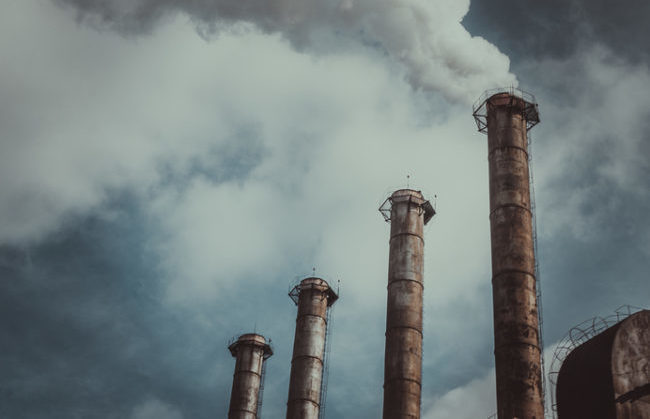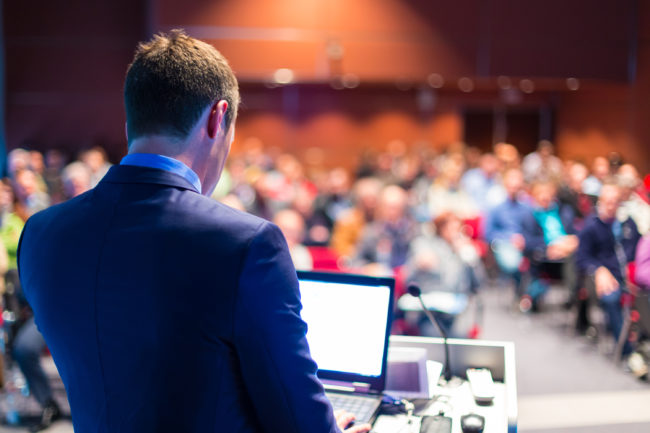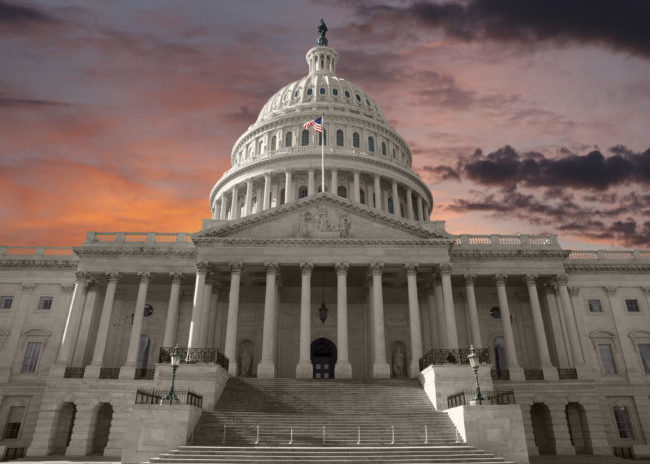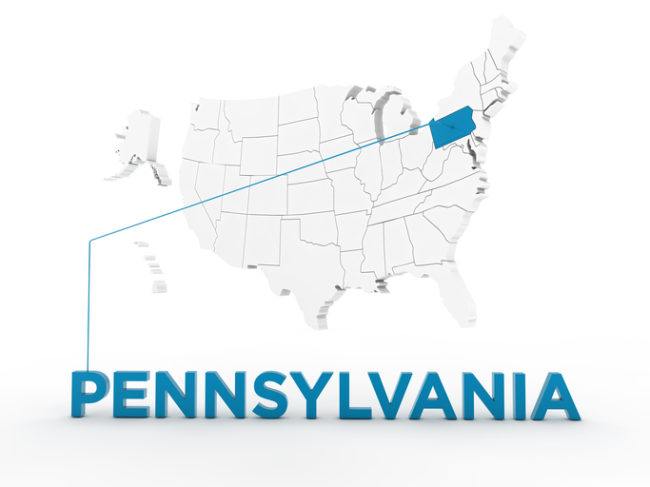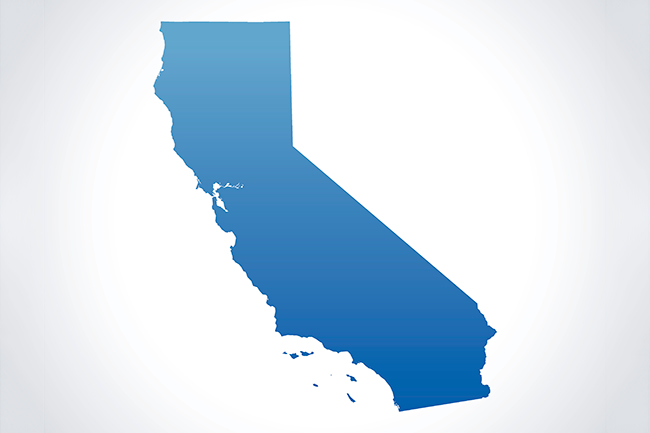Two weeks ago, we reported on potential moves by the EPA to weaken fuel economy standards, and in doing so, picking a fight with California and the state’s ability to set its own emission rules through its waiver under the Clean Air Act. Those threatened moves are now reality, as the EPA announced on Monday that current fuel economy standards will be revised.
But underlying the moves to roll back fuel economy standards is the ongoing war between the Trump Administration’s EPA and efforts to …
Continue Reading


